Rag Quilt wasn’t something I initially set out to make, in fact, I had no idea what it was until I stumbled upon some videos on Youtube about them. After watching and reading a few tutorials on rag quilts being a good beginner quilt to make, I’m on board, let’s do this! 🤗
The premise of a rag quilt is that you create a quilt sandwich which consists of a front piece on top of an optional smaller piece of batting on top of a back piece, all sewn together corner to corner forming an X. Then each sandwich is sewn together with a 1″ seam allowance turned to the front of the quilt. When all squares in one row is sewn together, then each row is sewn to the next row with proper seam alignment. Once all sandwiched pieces are sewn together, a 1″ seam allowance is sewn around the border of the quilt. After that you’re ready to use your handy Fiskars 8.5 Inch Softouch Spring Action Rag Quilter Snip to cut 1/2″ – 3/4″ snips into that 1″ seam allowance WITHOUT snipping the sewn thread. These snipper scissors are awesome!! :laugh: Sure my hand still cramped after 3 hours of snipping but I suspect it would have been way worse if I didn’t have them. Plus they are sharp and cut through the fabric without problems as long as you’re not trying to cut through 6 layers at the same time.
Here are some pics of my Rag Quilt process:
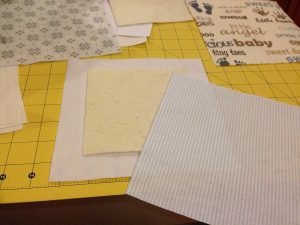


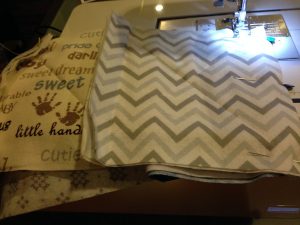
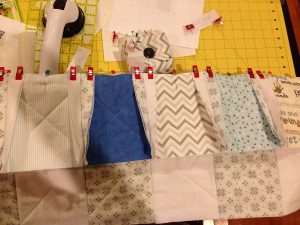
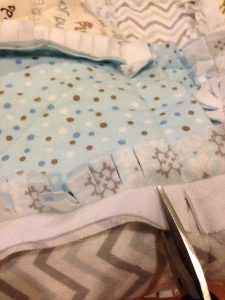
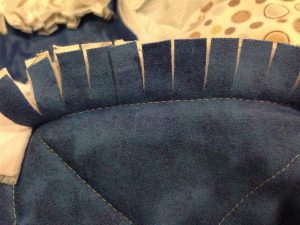
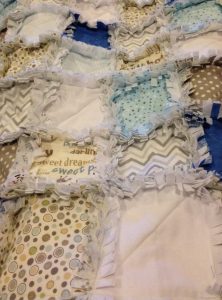



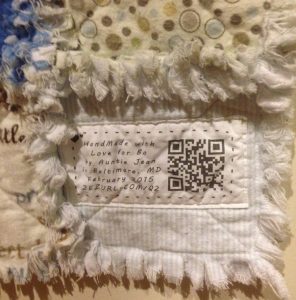
I ended up washing and drying the rag quilt twice. The first time, it’s important to check the link trap often during the dry cycle to remove the build up of lint. The rag edges really shred in the washing machine and dryer. I read people suggest using a laundromat the first time washing and drying the rag quilt, I can see why. It left a lot of shreds in the washer after the first wash, the second wash was a lot less. The same is true with dryer. First time drying, every 10 minutes you should check the lint trap to remove the lint, there’s a lot! Another good thing to do is to take it outside (so there’s no cleanup inside) and shake the heck out of the quilt to remove shreds/lint after each washing and drying. After washing and drying twice, the edges are getting more “raggy”, I’m sure it will look even better after more washings.
I did have to use a pill remover/fabric shaver to get the cotton pills off of the quilt. It seems that the nursery cotton flannel tends to fuzz up and pill. I just want it to look best for presenting since it’s a gift. 😊
Here’s the pertinent info about this rag quilt:
Made for: My new nephew Bo
Pieced, Sewn, Quilted by: Jean Eng
Location: Baltimore, Maryland, USA
Date: February 2015
Materials Used:
Front & Back: 100% Nursery Cotton (flannel)
Batting: 100% Cotton Warm and Natural Cotton Quilt Batting
Thread: Polyester
Label: 100% Cotton
All in all, I’m happy with the way it turned out. It’s a lot of cutting, sewing, and snipping but in the end, it produced a nice looking quilt. I think moving forward, I would use regular cotton, not flannel cotton for making this type of quilt. Regular cotton being thinner may make it easier to work with and may rag better too. I would also cut my squares bigger for adult size quilts, this was cut with 7″ squares and 5″ batting squares. I may go 10″ with 8″ batting next time.
Jean
